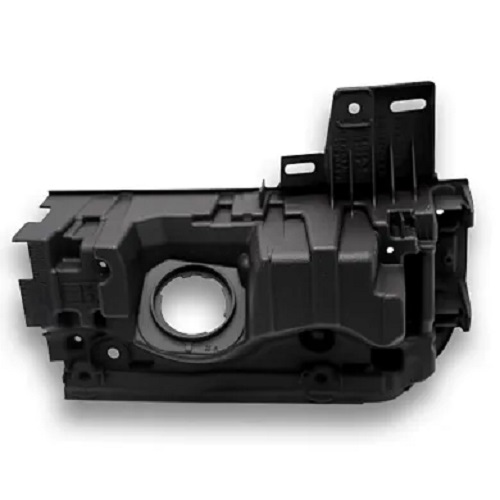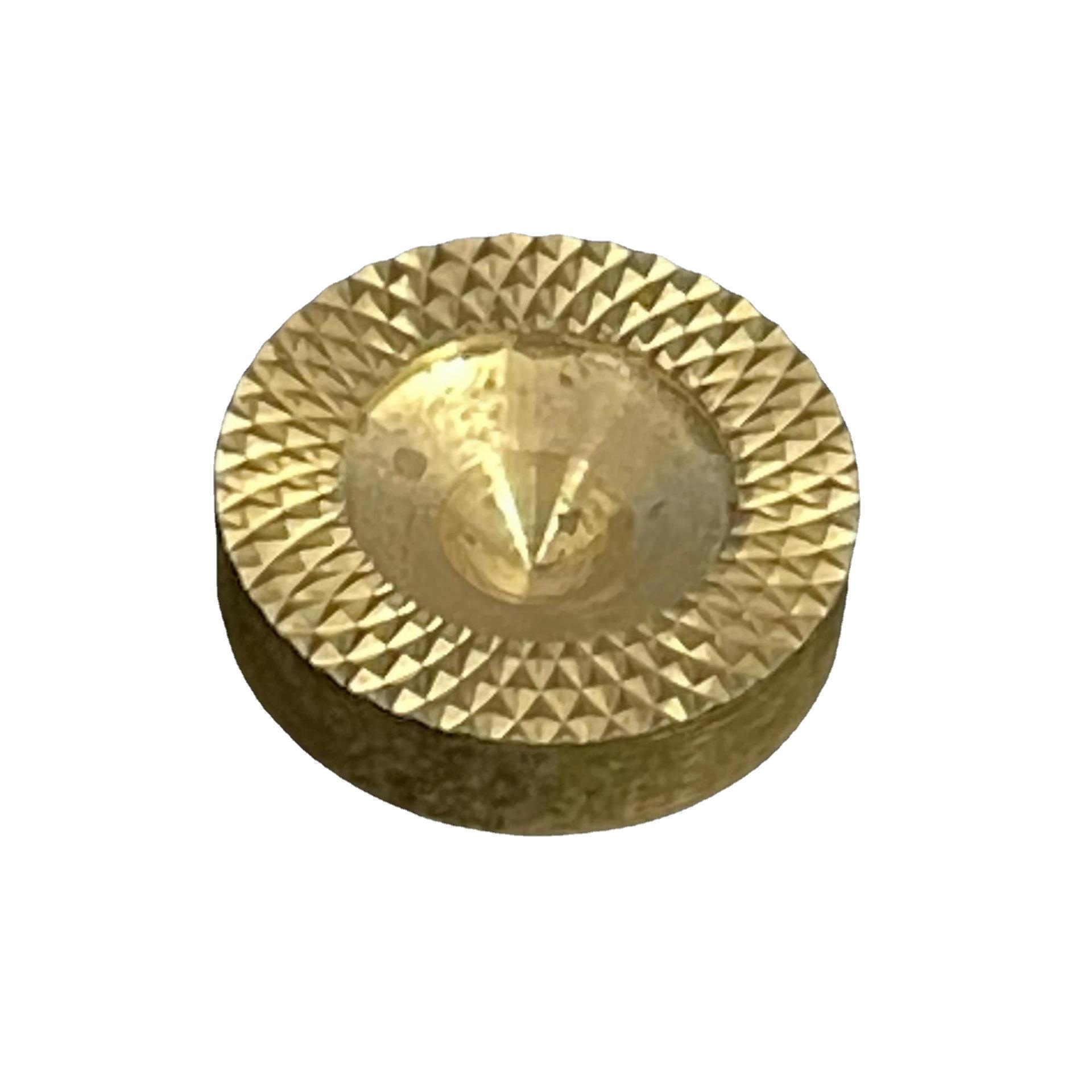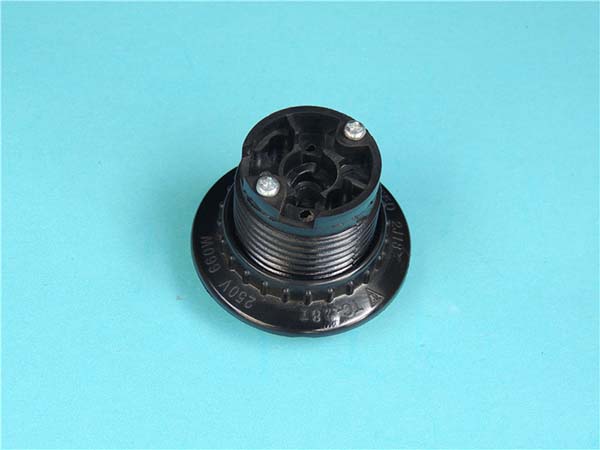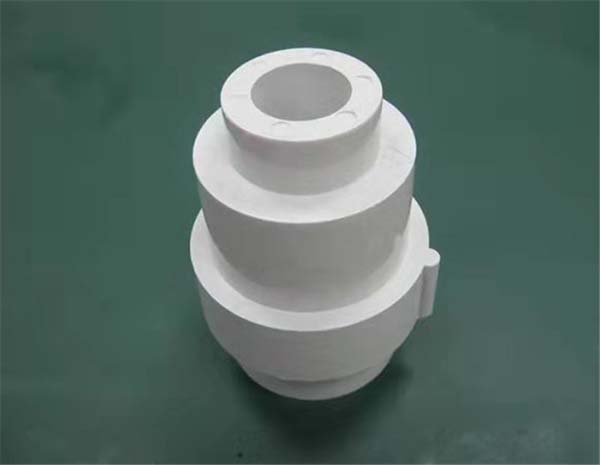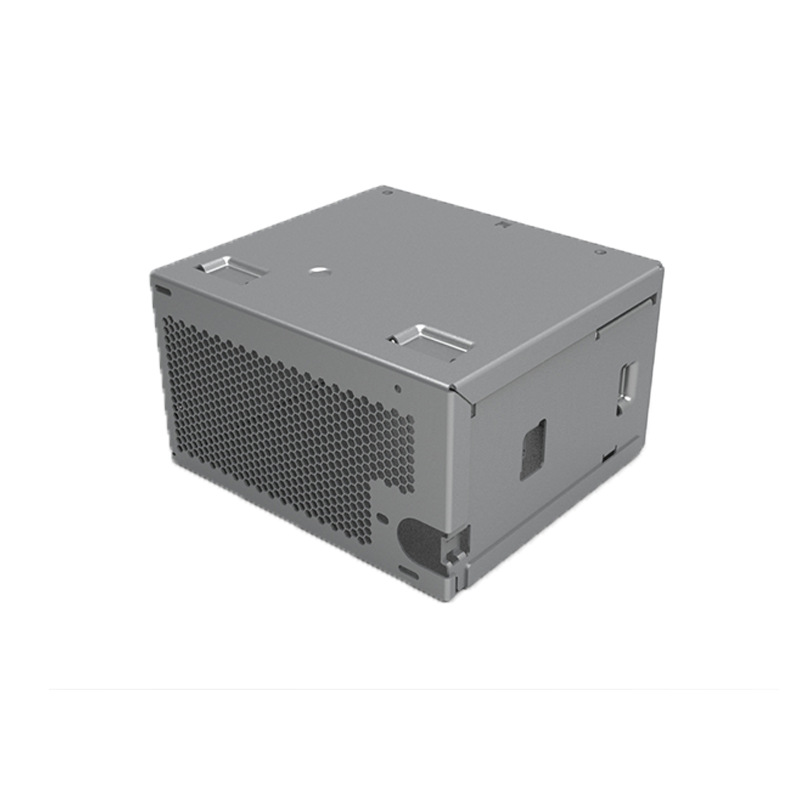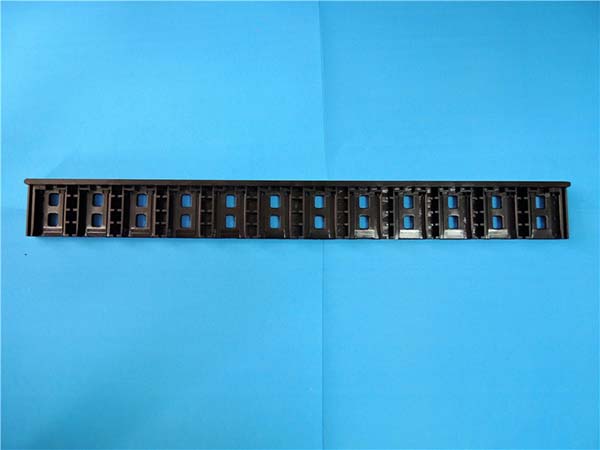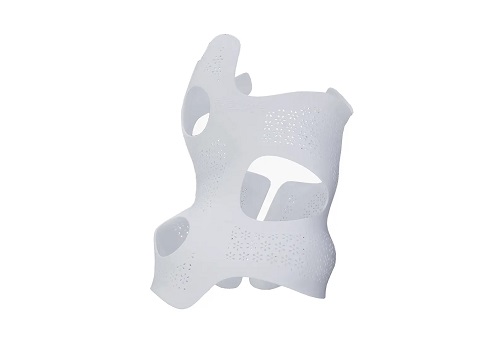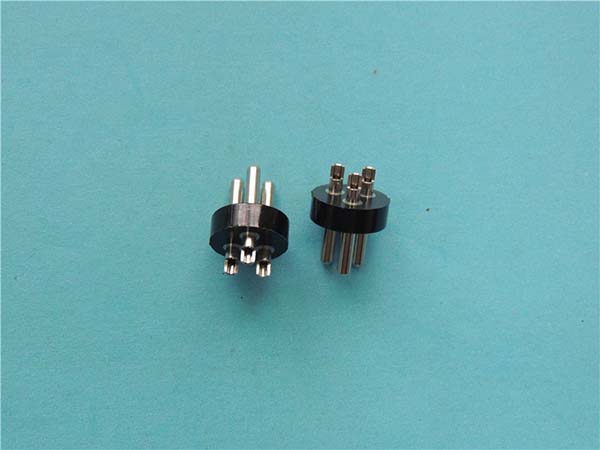Introduction to Fused Deposition Modeling
Fused Deposition Modeling (FDM) is one of the most widely used and well-known methods in the world of 3D printing. As an additive manufacturing process, it has revolutionized industries ranging from prototyping and small-scale production to custom designs. This technology has made rapid prototyping and bespoke manufacturing more accessible to engineers, designers, and hobbyists alike. In this article, we will explore FDM's fundamental principles, its history, how it operates, its various applications, and its advantages and limitations.
Definition and Overview
Fused Deposition Modeling (FDM) is a 3D printing technique where thermoplastic material is heated and extruded through a nozzle to construct objects layer by layer. The process works by depositing material in a semi-liquid state that solidifies upon cooling, thereby forming the desired shape. Each layer is added on top of the previous one, allowing for the creation of three-dimensional objects directly from a digital model.
History and Development
The concept of FDM was developed in the mid-1980s by engineers Scott Crump and Lisa Chapman at Stratasys, Inc. Their groundbreaking work led to the creation of the first FDM machine. Over the years, the technology has advanced, with significant improvements in materials, software, and hardware, making FDM more versatile and accessible. Today, FDM is used in a variety of fields, from educational institutions to industrial applications, and is one of the most popular 3D printing technologies globally.
How Fused Deposition Modeling Works
Extrusion Process
The core of FDM is its extrusion process. A thermoplastic filament, such as ABS (Acrylonitrile Butadiene Styrene) or PLA (Polylactic Acid), is fed into a heated extruder. As the filament is heated, it melts into a semi-liquid state, which is then forced through a fine nozzle by the extruder. This process allows for precise control over the flow and placement of the material, ensuring accurate layer deposition.
Layer-by-Layer Construction
Once the melted material exits the nozzle, it is deposited on the print bed or the previously laid material. The print head moves along the X and Y axes in accordance with the digital model’s cross-sectional data, creating the first layer. After one layer is complete, the platform lowers slightly, and the nozzle deposits the next layer on top of the previous one. This process is repeated layer by layer, building up the entire object.
Material Cooling and Solidification
As each new layer is deposited, it cools and solidifies almost immediately. The rapid cooling prevents the material from deforming, while the bonding between layers ensures structural integrity. The ability to control the cooling rate is critical for preventing issues like warping, which can occur if the material cools too quickly or unevenly. Once the printing process is complete, the object is left to cool further and harden.
Applications of Fused Deposition Modeling
Prototyping
FDM is widely used for rapid prototyping. Designers and engineers use this technology to turn their digital designs into physical prototypes quickly, enabling them to test and iterate on their concepts before proceeding to full-scale production. This ability to create functional prototypes at a low cost and in a short time frame is one of the key advantages of FDM in product development cycles.
Small-Scale Manufacturing
In addition to prototyping, FDM is increasingly used for small-scale manufacturing. It allows businesses to produce customized parts and products on demand, which is especially beneficial for industries where mass production is not viable or necessary. FDM enables companies to produce limited runs of products, reducing the need for large inventories and minimizing waste.
Custom Design and Creation
FDM's versatility is not limited to industrial uses. Artists, hobbyists, and DIY enthusiasts also leverage FDM to create customized items. Whether it’s crafting personalized gifts, custom fixtures for homes, or designing cosplay accessories, FDM offers a vast array of possibilities for individual creators. The accessibility and flexibility of FDM open up new avenues for innovation and creativity.
Advantages and Limitations of FDM
Versatility and Complexity
One of the major advantages of FDM is its versatility. It supports a wide range of materials, including various thermoplastics and even some composite filaments, offering flexibility in meeting different application requirements. Additionally, FDM can produce intricate designs and complex geometries that are challenging or impossible to create using traditional manufacturing methods.
Speed of Printing
FDM is relatively fast compared to other 3D printing technologies, such as SLA (Stereolithography) or SLS (Selective Laser Sintering). The speed of printing can vary depending on the size and complexity of the object, but overall, FDM offers quicker turnaround times. This makes it especially useful for rapid prototyping and small-scale production, where time efficiency is crucial.
Material Limitations
Despite its many advantages, FDM has some material limitations. It primarily relies on thermoplastics like ABS and PLA, which may not be suitable for all applications. For instance, materials requiring high strength, heat resistance, or specialized thermal properties may not perform well with FDM. Additionally, because of the layer-by-layer construction, the surface finish may not be as smooth as that of other 3D printing methods, and there could be visible lines or layer separation that affect the aesthetic quality or strength of the final product.
Mechanical Properties
FDM prints can sometimes exhibit weaker mechanical properties compared to parts made using other manufacturing methods. The bond between layers may not always be as strong as solid material, which can affect the strength and durability of the final part. This is particularly important for parts subjected to mechanical stress or load-bearing applications.
FAQs
What types of materials can be used in Fused Deposition Modeling?
FDM is compatible with a variety of thermoplastic materials, including ABS (Acrylonitrile Butadiene Styrene), PLA (Polylactic Acid), PETG, and nylon. Specialized composite filaments, like carbon fiber or glass-filled filaments, are also available to enhance properties such as strength, flexibility, or heat resistance. These materials are chosen for their ease of use, availability, and compatibility with the FDM process.
How long does it take to print an object using FDM?
The printing time for an object depends on several factors, such as the complexity, size, layer height, and print speed settings. Small and simple objects can be printed within a few hours, while larger and more intricate designs may take several days. FDM is generally faster than other 3D printing methods like SLA or SLS, but it still depends on the specific requirements of the print job.
Are there any post-processing steps required after printing with FDM?
Yes, post-processing is often necessary to achieve the desired finish and functionality of FDM prints. Common post-processing tasks include removing support structures, sanding rough edges, painting or priming surfaces, and performing heat treatments to improve surface smoothness and mechanical properties. These steps can significantly enhance the quality and appearance of the final product, especially for consumer-facing applications.
Conclusion
Fused Deposition Modeling is a powerful and versatile 3D printing technology that has had a significant impact on a wide range of industries. Its ability to rapidly produce complex and customized objects, coupled with a variety of material options, makes it an invaluable tool in prototyping, small-scale manufacturing, and creative applications. While it does have some limitations in terms of material properties and surface finish, FDM's speed, flexibility, and affordability continue to make it a go-to choice for both industrial and personal use. As advancements in materials and technology continue, FDM’s capabilities are expected to expand, further solidifying its role in the future of manufacturing and design.
